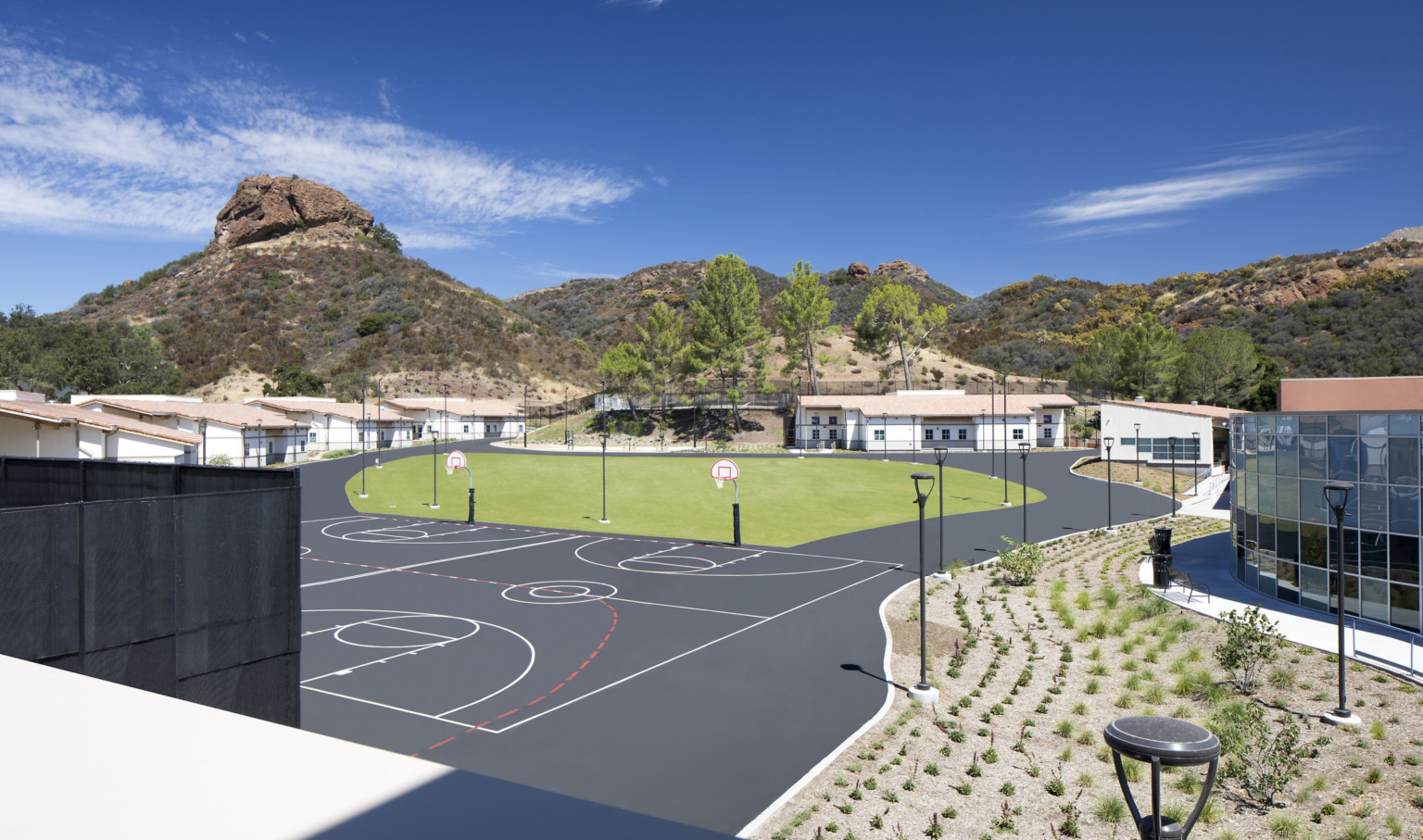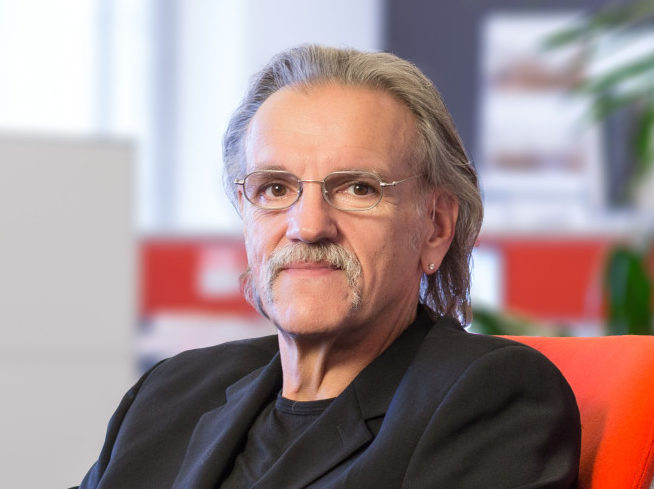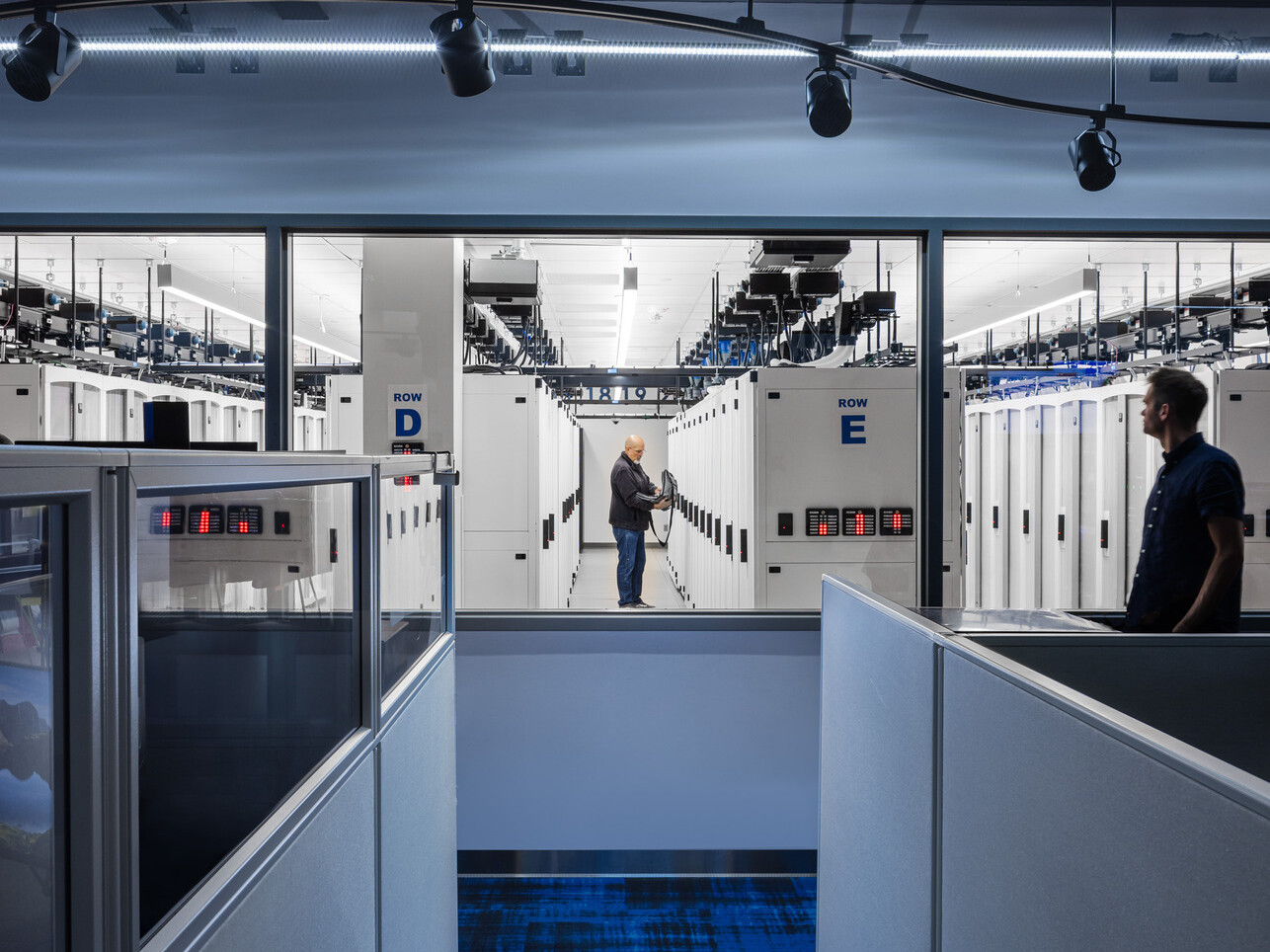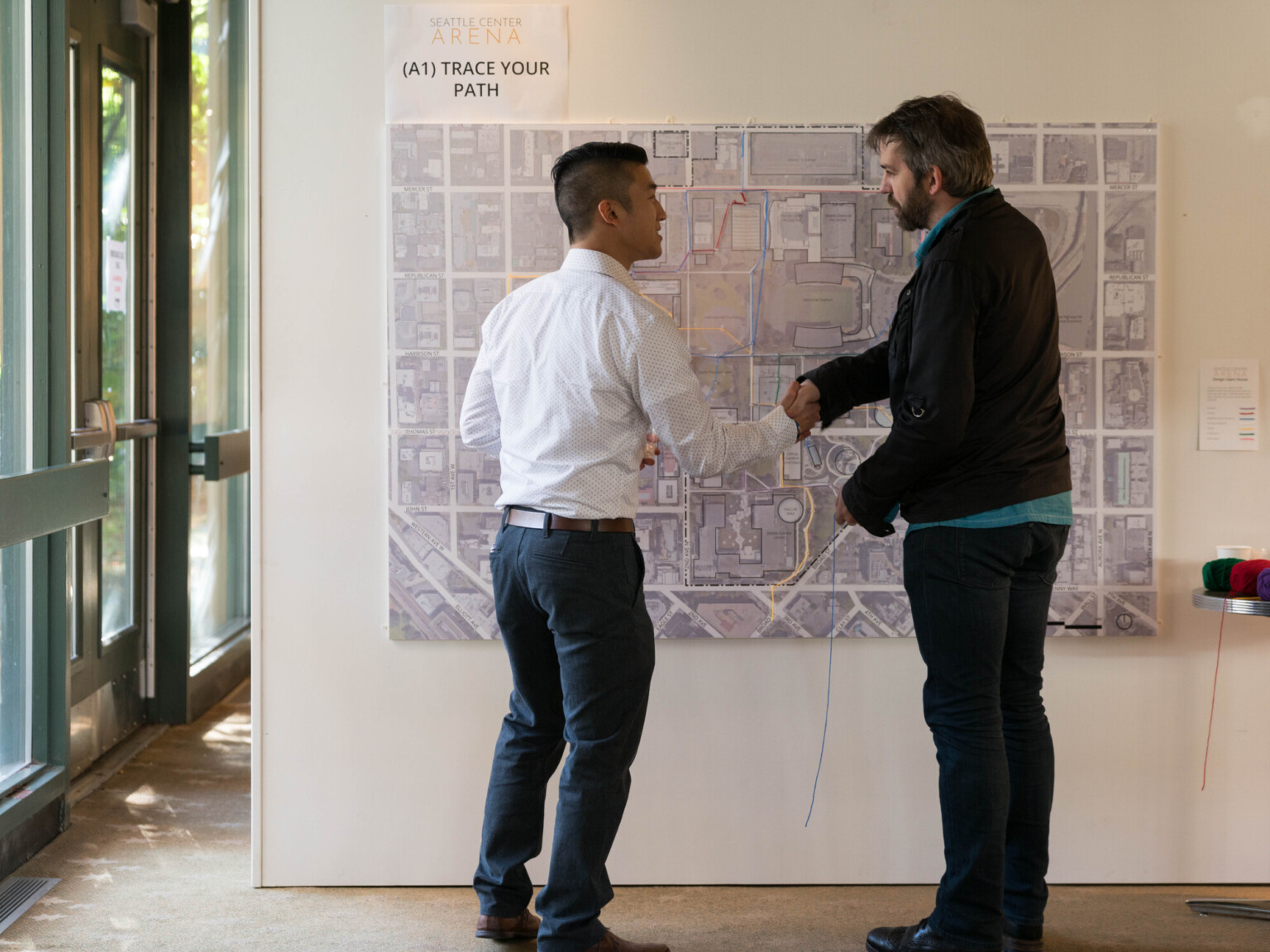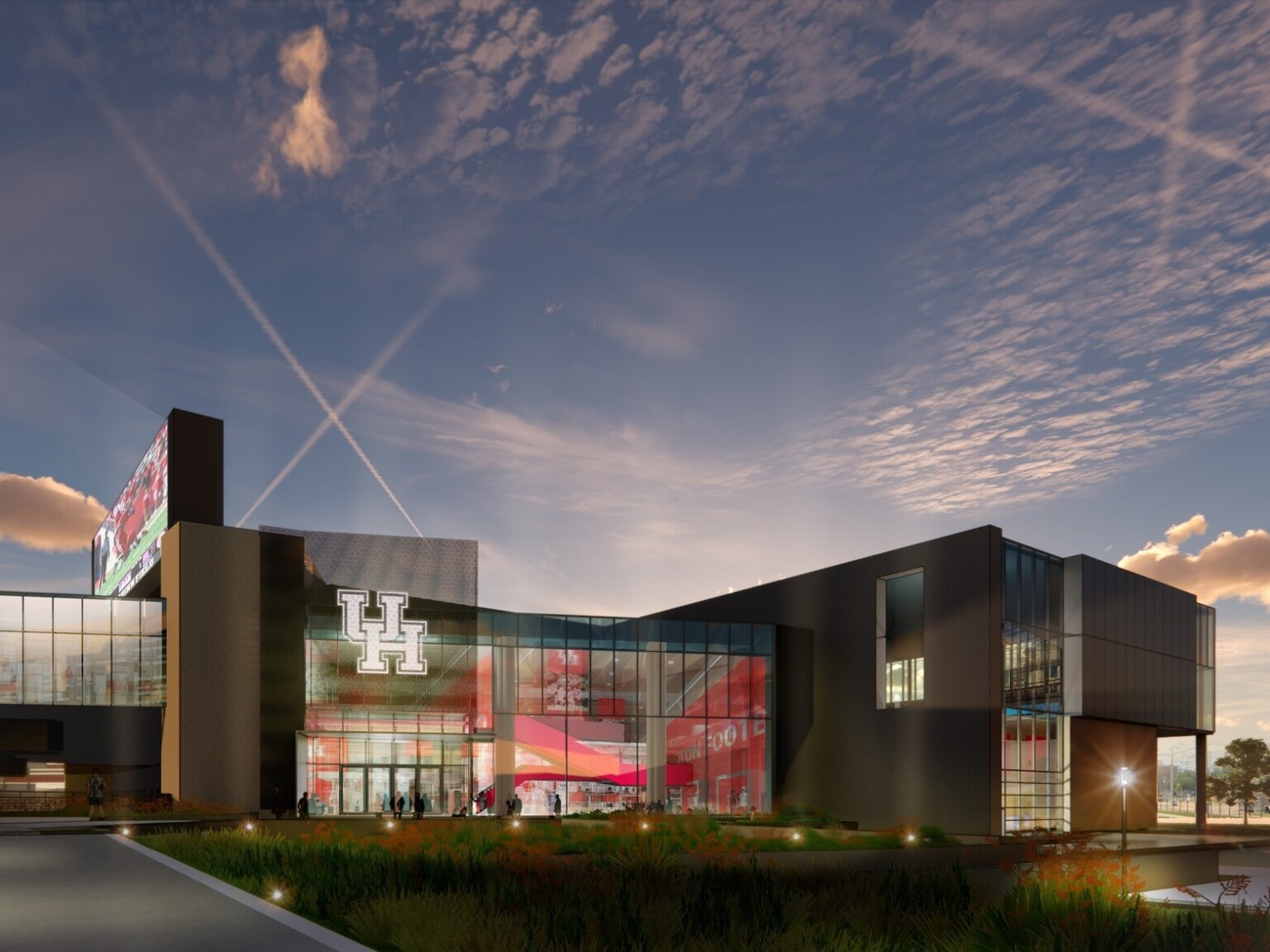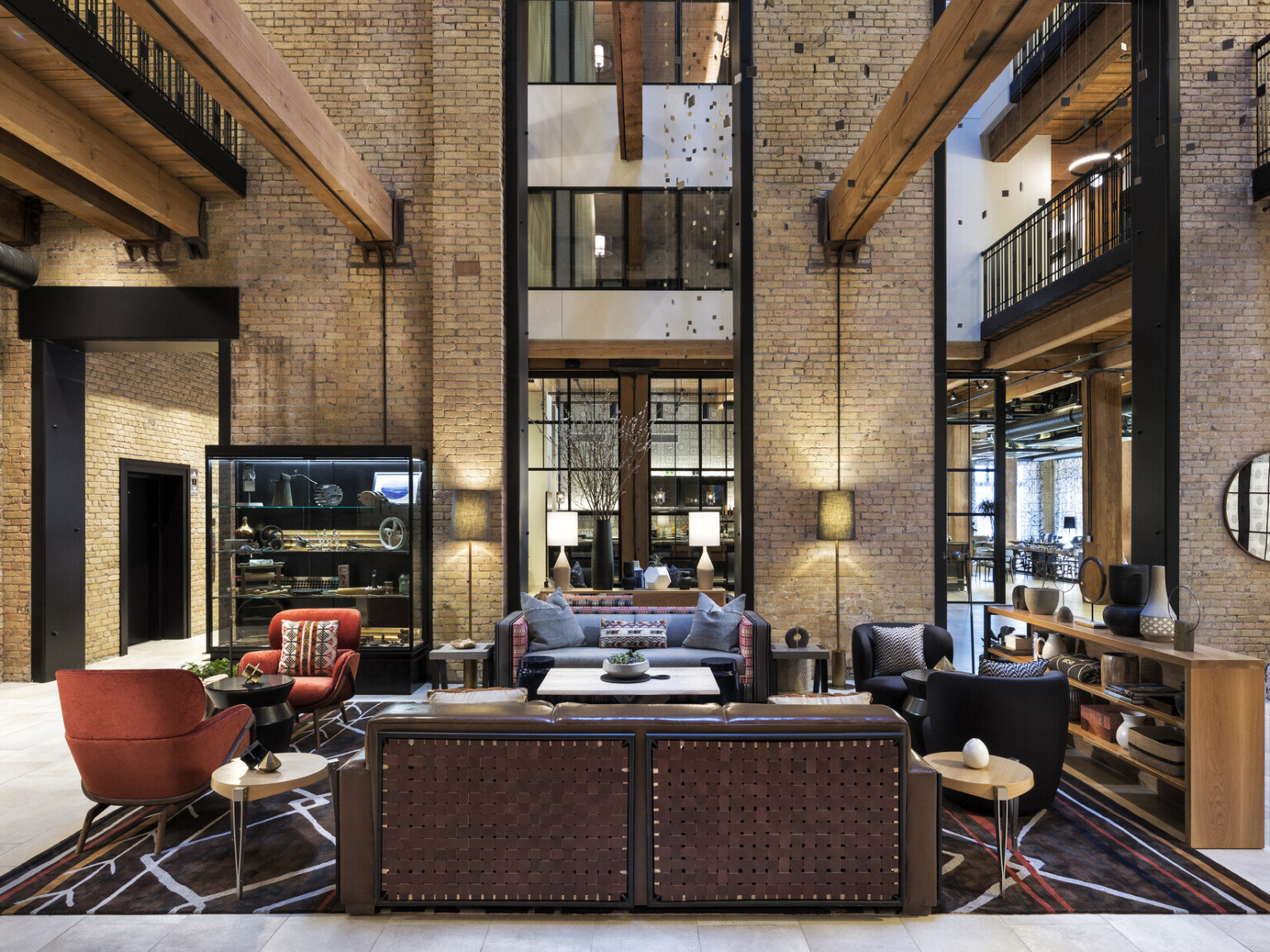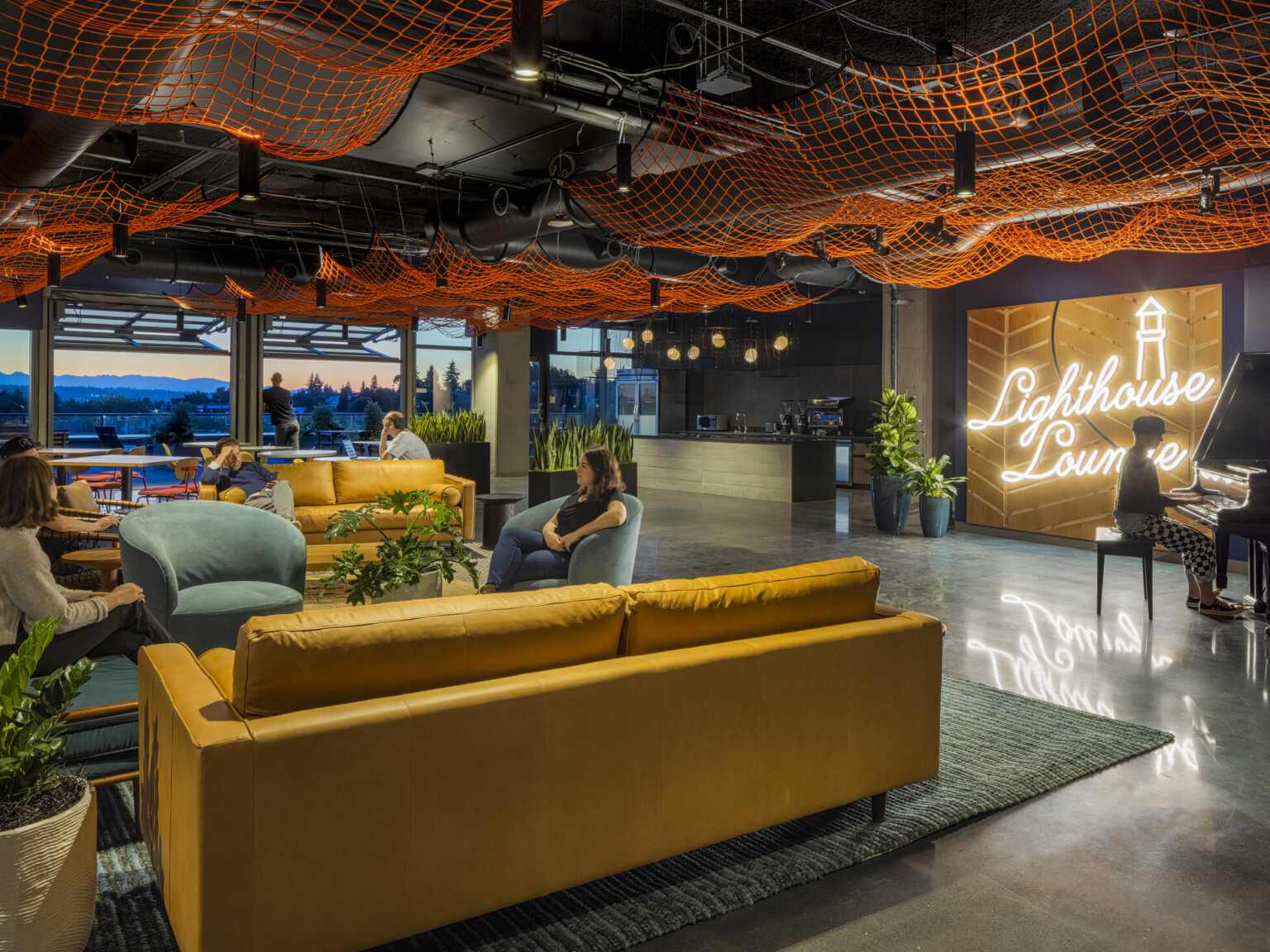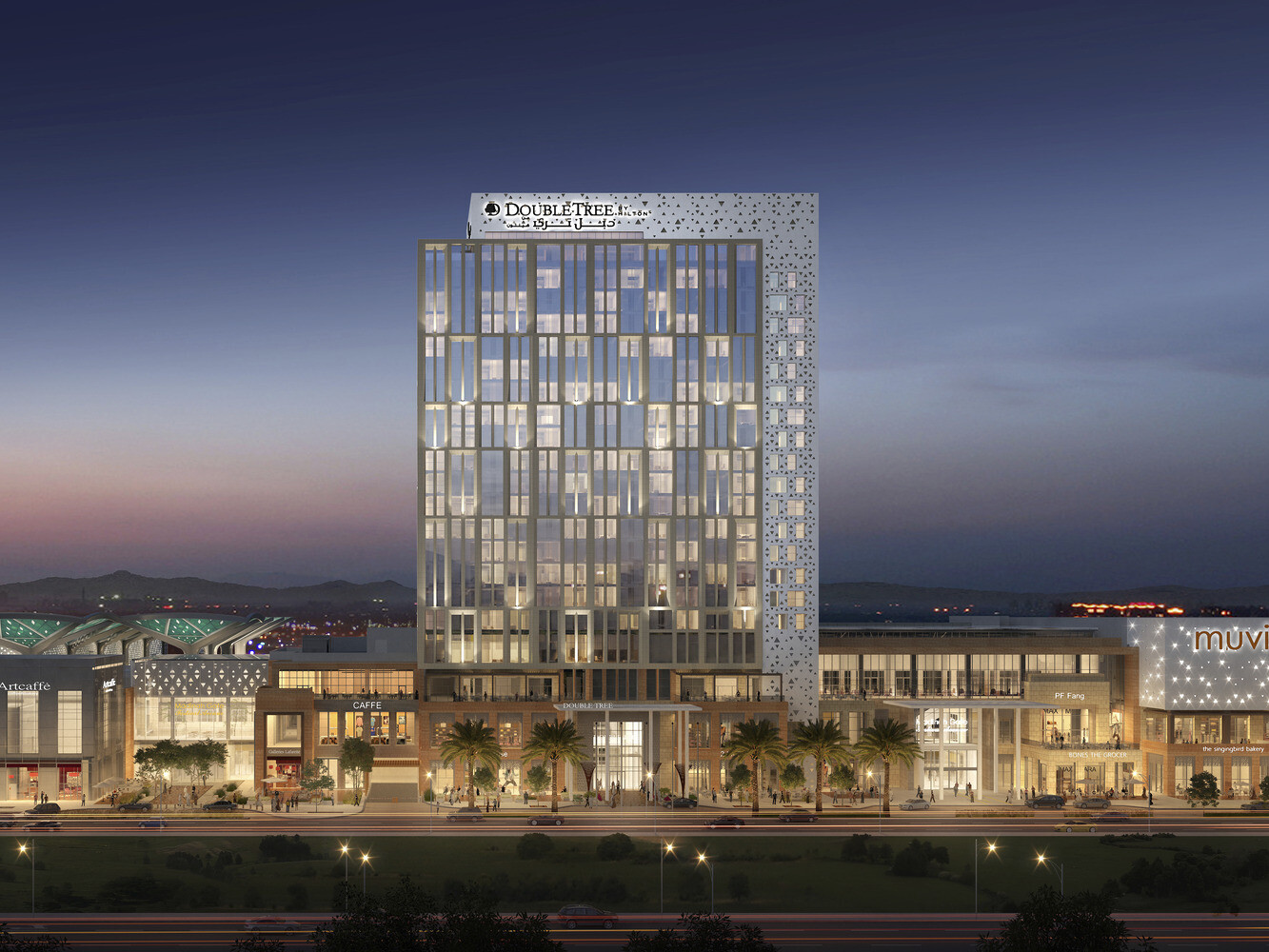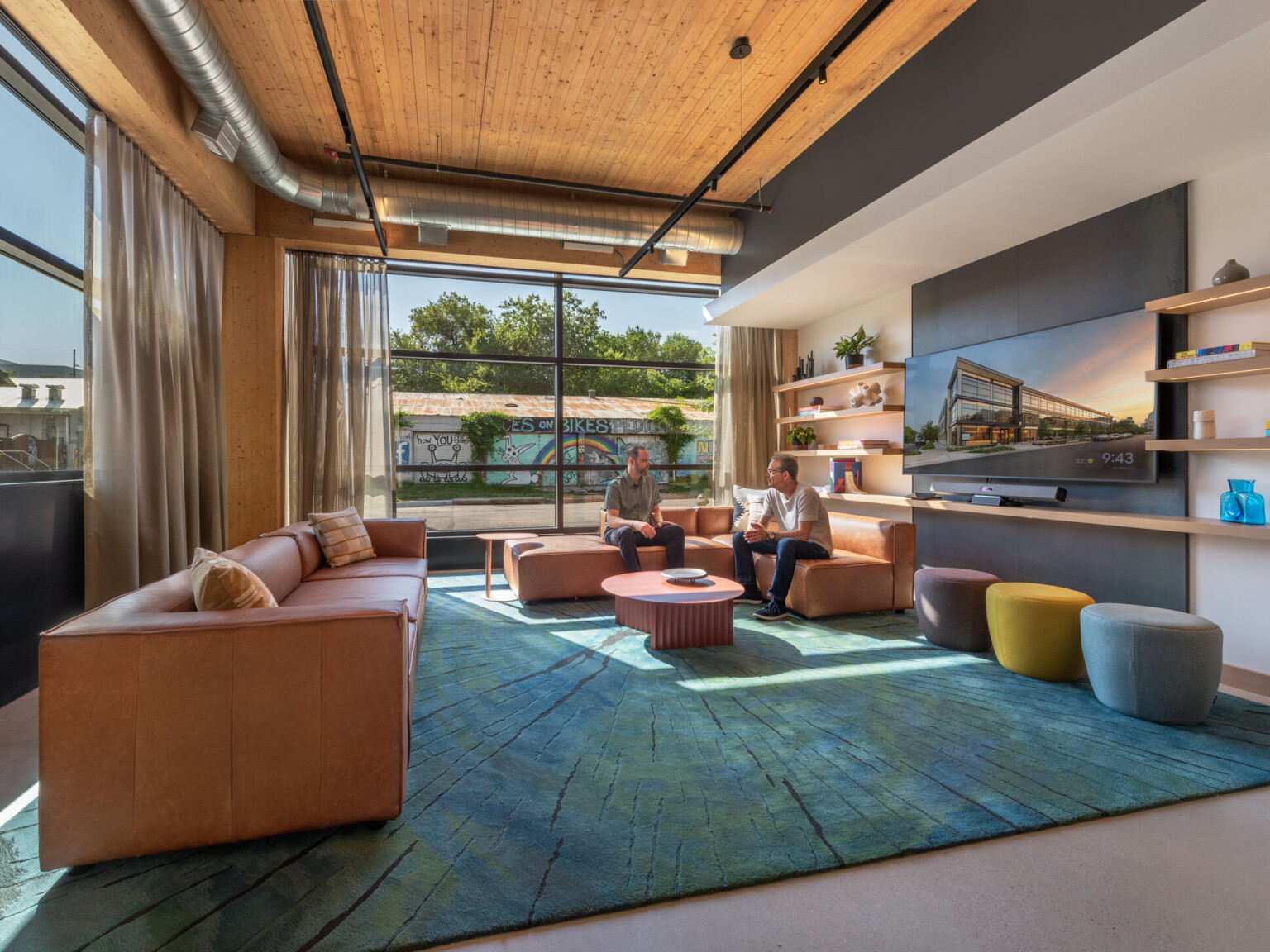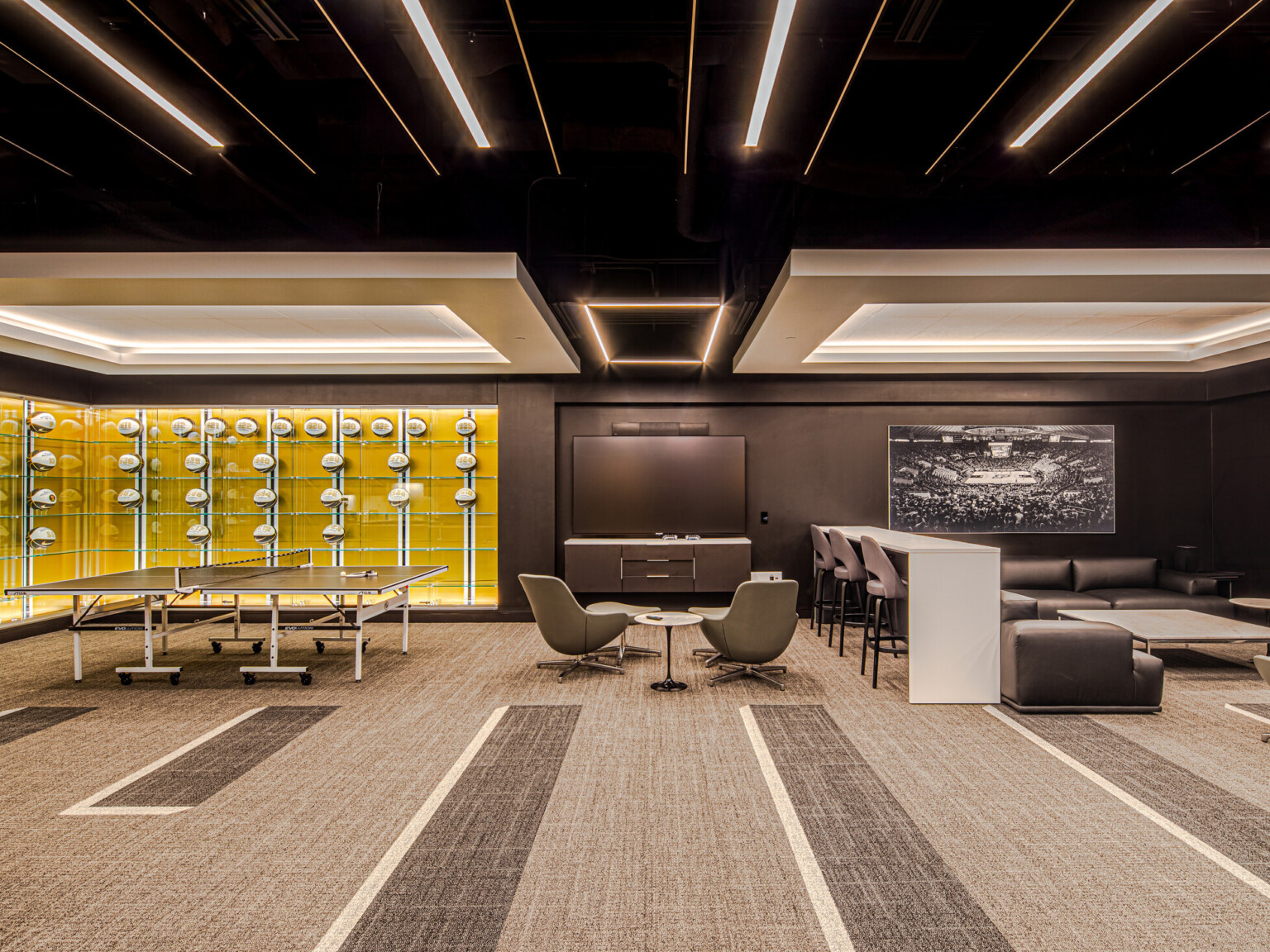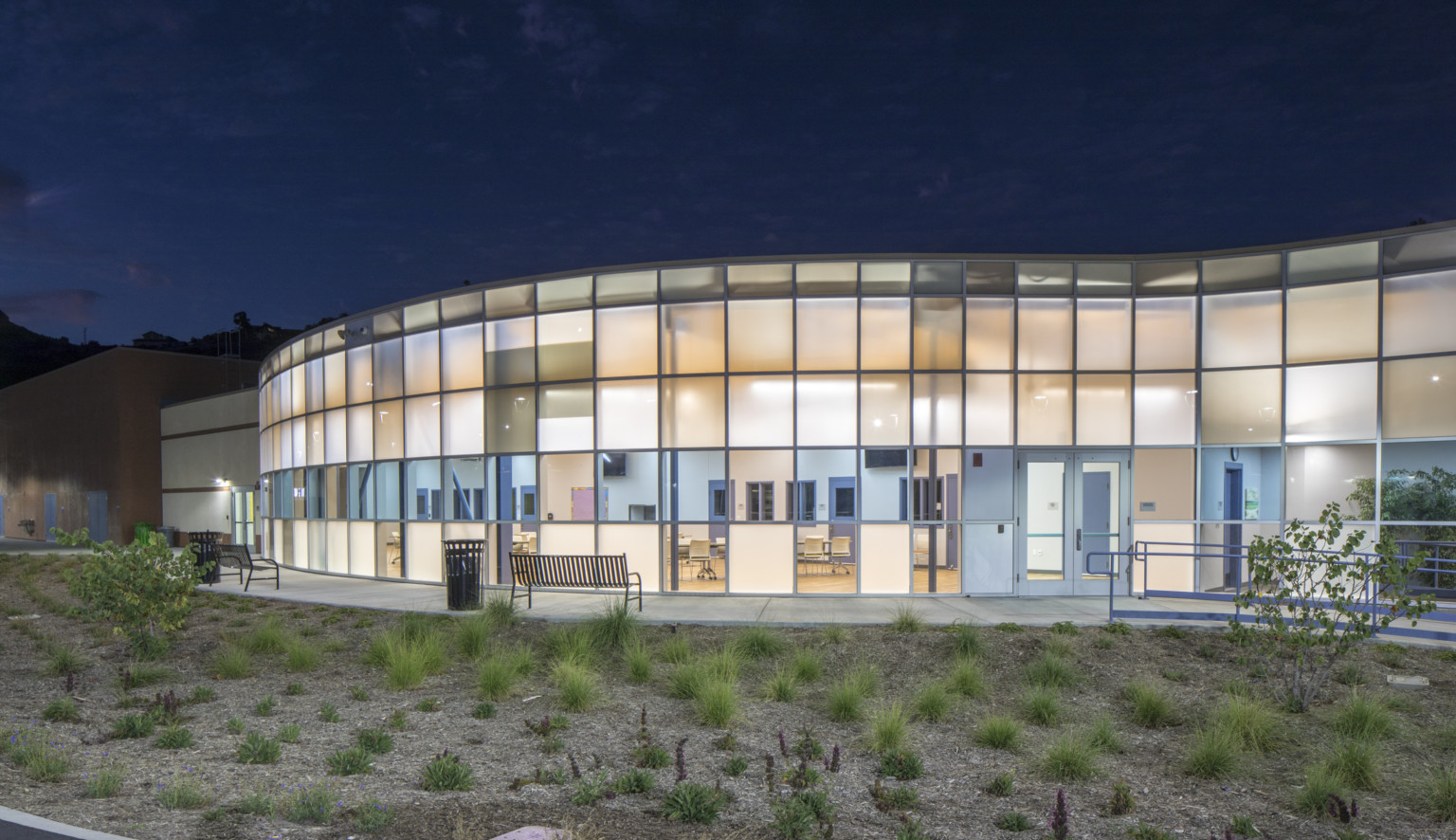
Four Elements Changing the Juvenile Justice Model
Collaborative problem solving across all agencies. Early in design, it is vital to incorporate all team members and agencies into discussions to unite ideas that inform new insights and iterations of creative solutions. Embracing the full range of services allows designers to address a facility based on more holistic solutions using positive treatment addressing the social, emotional, physical, and spiritual well-being of each individual.
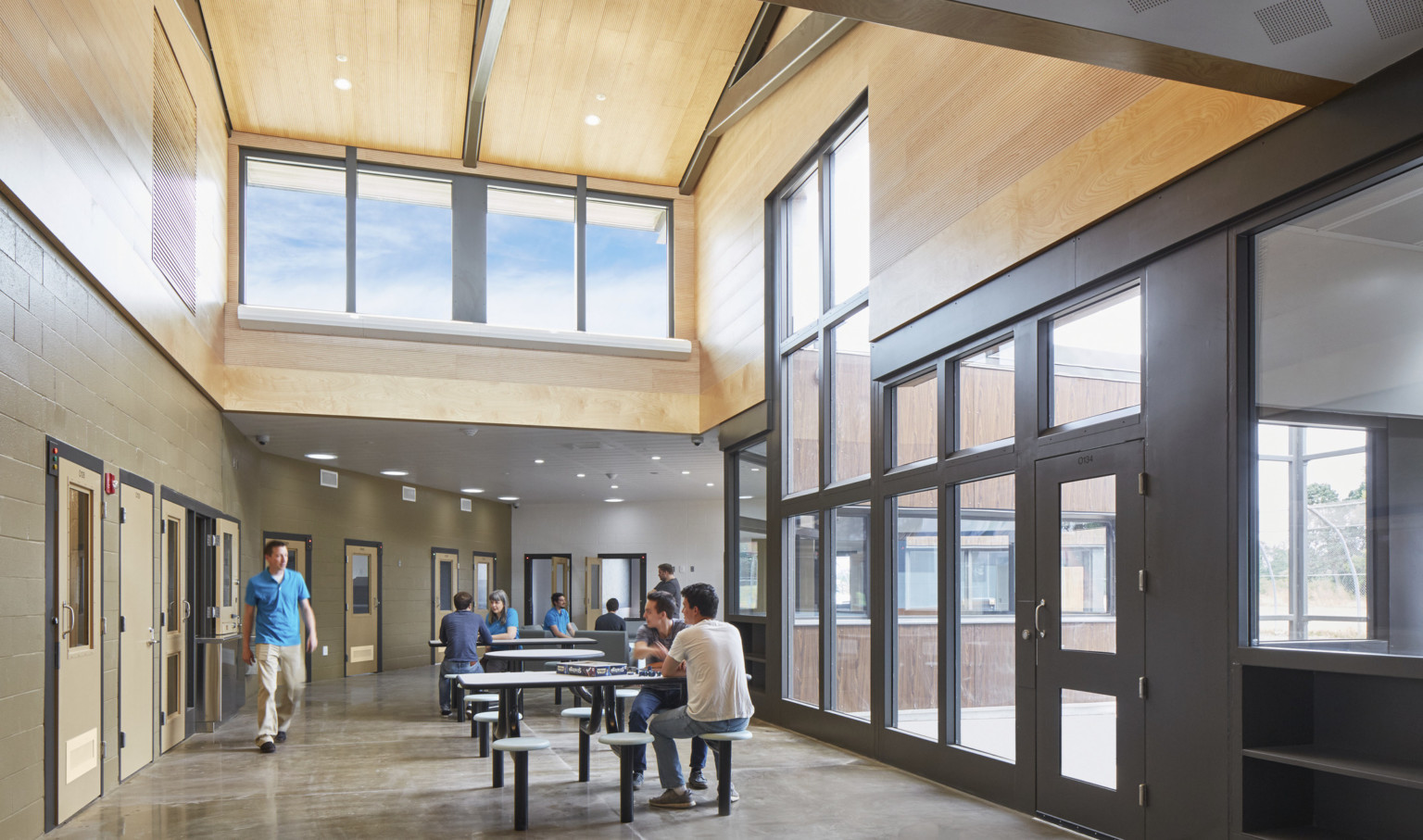
Individualized, strength-based, developmentally appropriate programming. This approach meets youth where they currently are in the process of change. This approach focuses on empowerment, problem solving, and promotion of protective factors. This means the new design gives youth elements of decision making, eliminating the institutionalized thinking of being told what to do, and when to come and go. New models of care encourage and empower positive behavior—all within the boundaries of safe environments.
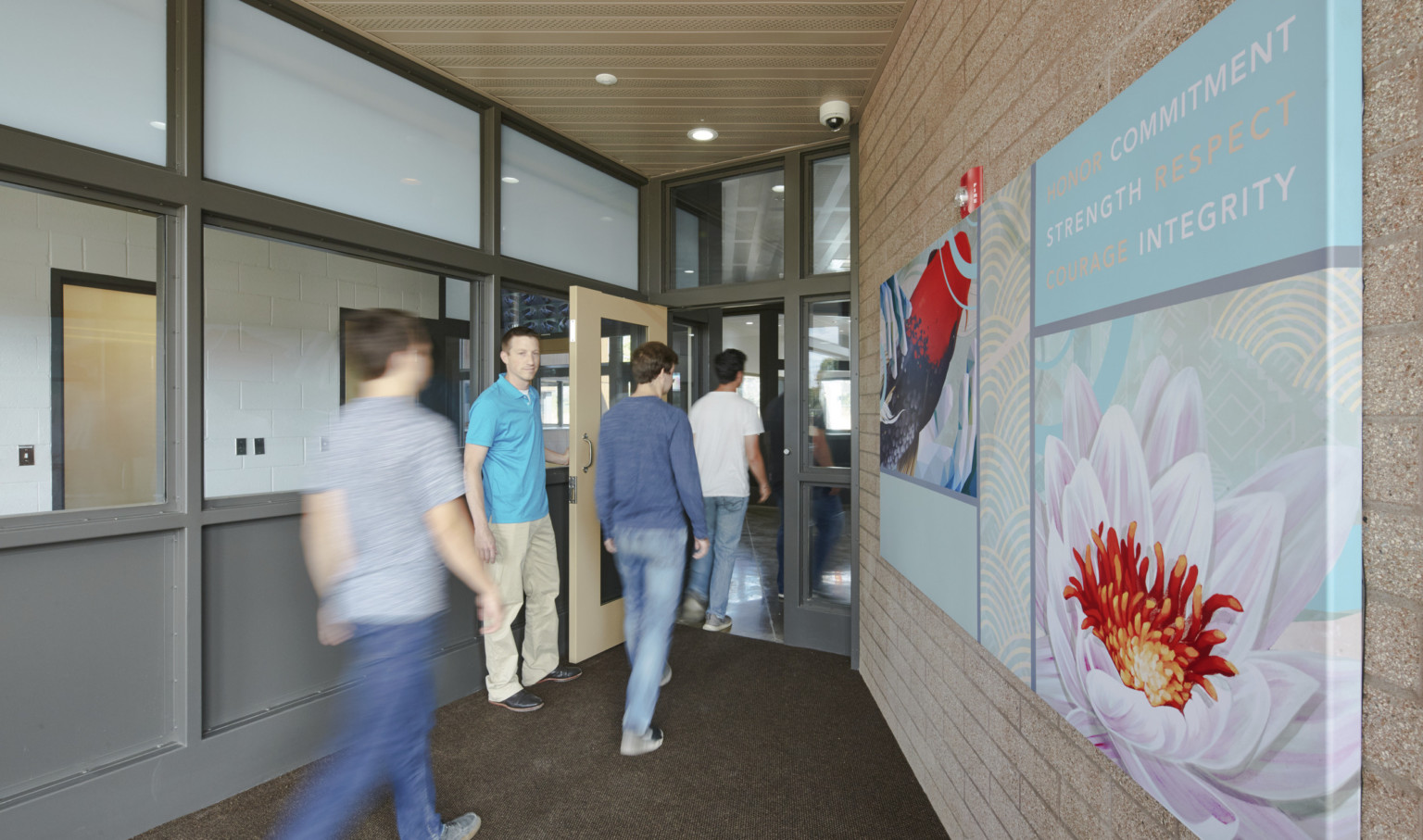
Personalized delivery of care. The small-group care model includes cohort consistency, a focus on relationships, and homelike living spaces. These environmental shifts support shared responsibility for daily activities, self-care, and ordinary maintenance of shared spaces and communal involvement.
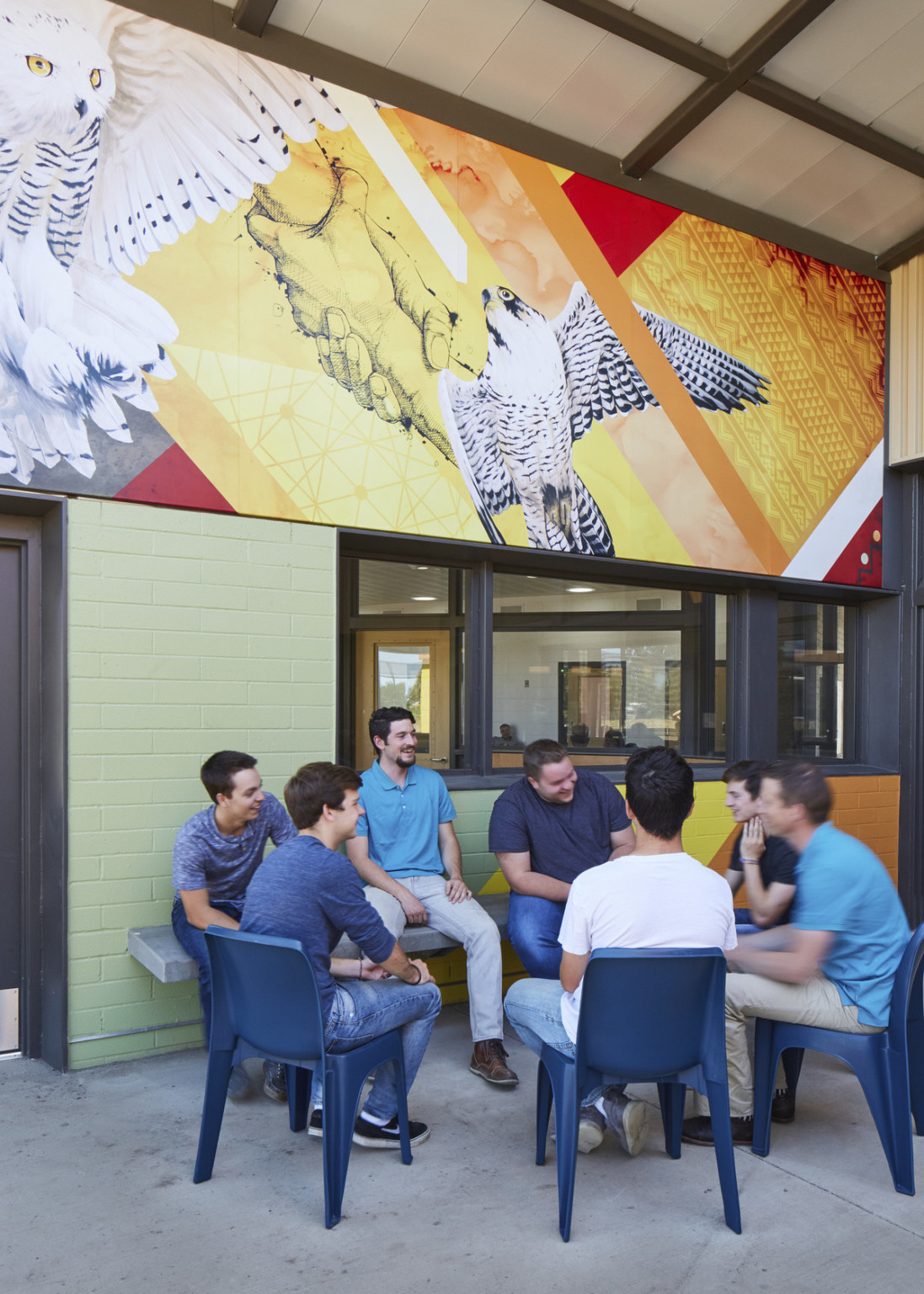
Academic achievement and engagement. Learning is critical to each youth’s program, and input from education providers is a fundamental element of case and re-entry planning. Education includes not only core curriculum but also valuable life skills and career training that redirects many youth into productive avenues of contributing to society after they leave the facility. These facilities today look, feel, and act more like a school campus than a detention facility and are designed to encourage that kind of community interaction with peers and staff alike.
